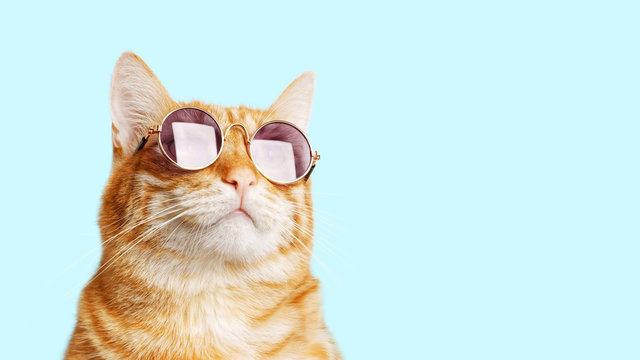Cats have a reputation for being mysterious, but they are actually communicating with us all the time. While they may not use words, their bodies—from the tip of their tail to the twitch of their ears—are constantly sending signals about how they’re feeling. Understanding this subtle language is the key to building a stronger, more trusting bond with your feline companion.
For cat owners across the UK, learning to interpret these cues can transform your relationship with your pet, helping you to meet their needs, recognise discomfort, and appreciate their unique personality even more.
The Telltale Tail: What Your Cat's Tail is Saying
One of the most expressive parts of a cat's body is its tail. By paying attention to its position and movement, you can gain a wealth of information.
-
Tail Held High and Straight: This is the feline equivalent of a confident, happy greeting. If the tip is slightly curved, it’s a sign of a particularly friendly and approachable mood. When your cat greets you like this, they’re showing they’re pleased to see you.
-
Tail Puffed Up (like a bottle brush): A puffed-up tail indicates fear or aggression. Your cat is trying to make itself look bigger to ward off a perceived threat. This is a clear sign to give them space.
-
Tail Tucked Low or Between the Legs: This signals anxiety, fear, or submission. Something in the environment is making your cat nervous, and they are trying to appear small and non-threatening.
-
Rapid Twitching or Thumping: A tail that is flicking back and forth quickly or thumping on the floor is often a sign of irritation or overstimulation. If you are petting your cat and see this, it’s a good time to stop, as it can be a precursor to a swat or a bite.
-
Gentle Swishing: A slow, gentle swish from side to side usually indicates that your cat is focused on something, like a toy or a bird outside the window.
The Eyes Have It: Feline Eye Signals
A cat's eyes are not just beautiful; they are also a powerful communication tool.
-
Slow Blinking: This is one of the most wonderful signals a cat can give you. A slow blink is a "kitty kiss,
-
" indicating that your cat feels completely comfortable and trusts you. You can even try slow-blinking back to show them you feel the same way!
-
Dilated Pupils: Large, round pupils can mean a few things depending on the context. They can signal excitement and playfulness, but also fear, anxiety, or aggression. Look at the rest of their body language to understand the true meaning.
-
Constricted Pupils: Slit-like pupils in a well-lit room can indicate that a cat is aroused, potentially in an aggressi
-
ve or predatory way. However, it can also just be a reaction to bright light.
Listening with Their Ears: What Ear Positions Mean
A cat’s ears are incredibly mobile and can give you instant insight into their mood.
-
Ears Forward and Upright: This is the sign of a relaxed, alert, and happy cat. They are engaged with their surroundings and feeling content.
-
Ears Flattened Back Against the Head: Often called "aeroplane ears," this is a clear sign of fear, irritation, or anger. A cat with flattened ears is feeling defensive and may become aggressive if pr
-
ovoked.
-
Ears Swivelling: If your cat's ears are twitching and turning, they are listening intently to the sounds around them, trying to pinpoint the source of a noise.
The Vocabulary of Meows, Purrs, and Chirps
Cats have a wide range of vocalisations they use to communicate, primarily with humans.
-
Meow: The all-purpose sound. Kittens meow to their mothers, but adult cats have adapted it to get the attention of people. A meow can mean anything from "hello" and "I'm hungry" to "let me out."
-
Purr: While purring is most often a sign of contentment, cats also purr to self-soothe when they are in pain or distressed. Look at their overall posture to understand the context. A relaxed, kneading cat is a happy purrer.
-
Chirp or Trill: This bird-like sound is a friendly greeting. A mother cat uses it to call her kittens, and your cat may use it to get your attention or encourage you to follow them (often to an empty food bowl!).
-
Hissing or Growling: These are unmistakable defensive sounds. Your cat feels threatened and is warning you or another animal to back away. Do not ignore these signals.
Putting It All Together
The key to understanding your cat is to look at their body language as a whole. A single cue can be misleading, but when you combine the signals from their tail, eyes, ears, and vocalisations, you can get a clear picture of their emotional state.
By taking the time to learn your cat’s unique language, you can build a deeper connection and ensure they feel safe, happy, and understood in your home. And a happy cat, as any owner knows, makes for a very happy home.


